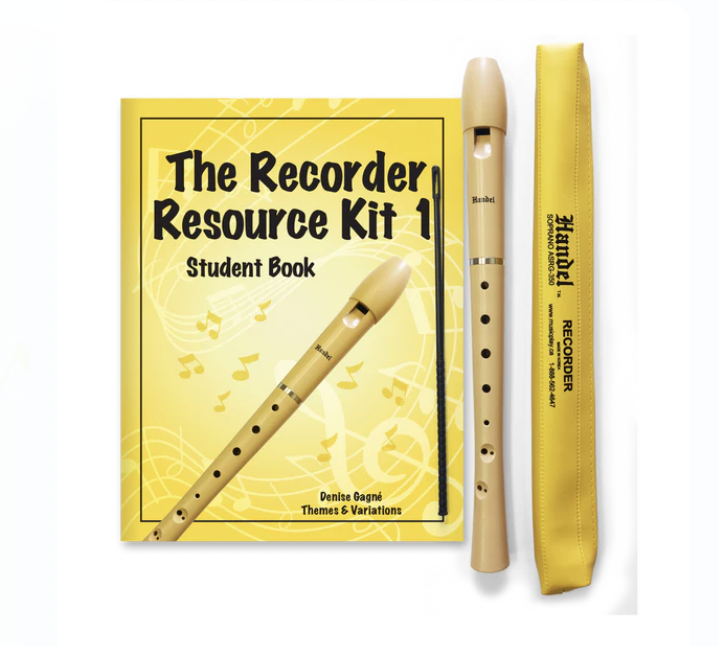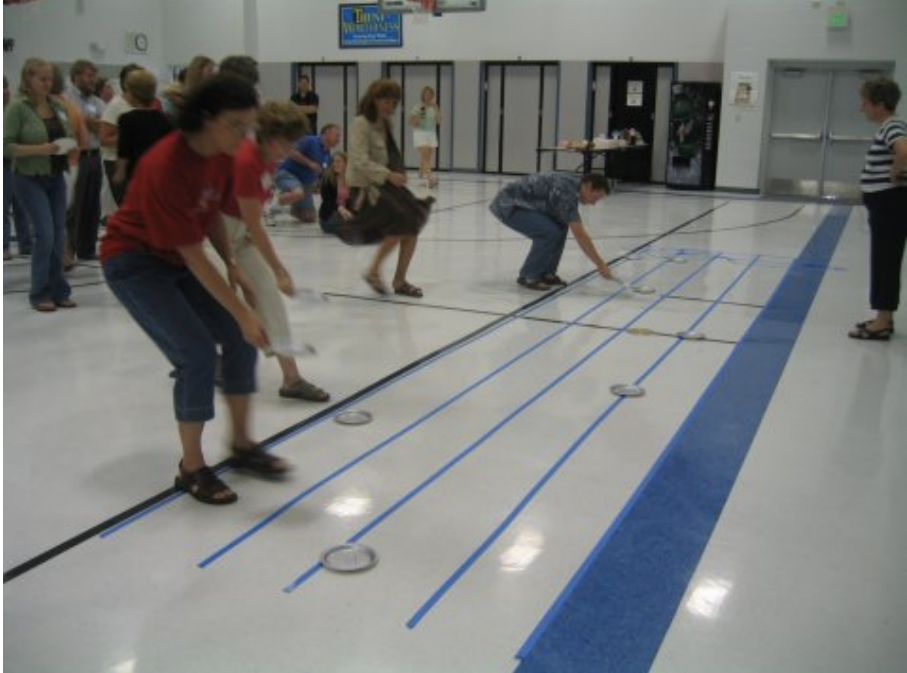Ready for Recorders?
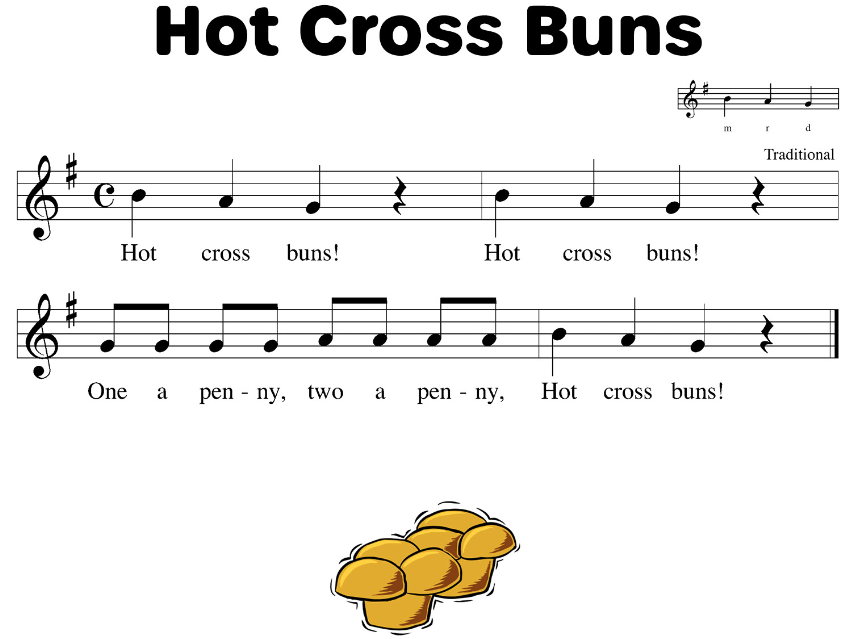
For many teachers, January is when the students in Grade 3, 4, or 5 start learning to play the recorder. While the recorder may seem like a simple instrument, there are many skills needed to be successful. Students must be able to:
- tell which is their left and right hands
- hold the recorder with the left hand at the top, right hand at the bottom
- cover tiny holes with finger pads - not finger tips
- start the note with the tongue
- continue the air stream between notes to create a legato sound
- breathe in appropriate places * demonstrate correct fingerings for notes
- read the names of the notes
- read and perform rhythms
- understand meter
- follow a conductor
- demonstrate appropriate rehearsal skills
- articulate: slur in some places, tongue in others
- develop good intonation
- develop a beautiful sound
This list is daunting for an adult! Breaking the skills down, isolating and teaching one skill at a time will help all of your students become successful recorder players. In this newsletter, I’ve got some tips for teaching students to read the names of the notes.
Tip #1
Start teaching note names well before you order or hand out the recorders! Your students in K-2 should learn about the staff as part of their music classes. They should learn how to number the lines and spaces from the bottom to the top, and you can teach them that the treble clef circles the note G. If you review this when you are showing them a piece of music, the note G will be learned long before starting recorder. I like to use the floor staff and the hand staff to teach letter names. A post on Floor staff games can be found here. In this newsletter, I’ll discuss the hand staff.
Hand Staff for K-2
If you hold your left hand in front of you with your thumb up, palm facing you and your fingers spread out, it’s easy to imagine that your hand is a staff. You have five fingers, just like there are five lines on the music staff. In K-2 have the students point to each finger starting with the finger that is closest to the floor. Number the “lines”of the hand staff.
Pointing Game
Call out “line one” or “line five” and have the students point to the correct “line.” Have a student be the leader and call out the line number. Then, point to the space between the fingers. This is the “space.” Call out “first space”or “third space” and have the students point to the correct “space.”
Students like to be the leaders of the pointing game. When they are successful at just lines or just spaces, include both lines and spaces in the game. Transfer the Pointing Game to an actual staff. The cookie sheet staff is fun for the students to use! I bought my cookie sheets at Dollarama for $1.50 and the magnets at Walmart - 50/$5. The staff is photocopied and covered with sheet protector from --- yup! Dollarama.

Letter Names Gr. 3-5
Starting in third or fourth grade, teach the letter names of the notes. I use these poems to introduce the line and space notes.
The notes on the line spell Every Good Boy Does Fine.
(E G B D F) The notes in the space, Spell your FACE! (F A C E)
Lines
Name the first line E, second line G, third line B, fourth line D and fifth line F. Play the pointing game having the leader call out E, G, B, D or F.
Spaces
Name the first space F, second space A, third space C and fourth space E. Play the pointing game having the leader call out F A C E.
When students are successful at just lines or just spaces, include both lines and spaces in the game. No worksheets are needed to teach or review the note names - just the students hands. (and/or the cookie sheet) You can play the pointing games whenever you have a few minutes at the end of a class.
When the students can name the notes successfully, review some of the simple reading songs from previous grade levels by having students sing the letter names that you point to on the staff. (hand staff or a staff drawn on the board) When doing this, introduce some of the easy recorder songs that they’ll be learning to play later in the year. If you are using the Complete Recorder Resource Kit, some of the simple songs that you could have the students sing include Hot Cross Buns or Doggie Doggie. Each of these simple songs are singing games, so after singing the letter names, sing the song and play the game. When you give out recorders later in the year, the students will be able to sight-read the pieces on recorder much more easily after having learned them in the fall.

Play the Hot Cross Buns Game
The basic clapping pattern for this game is that of pat-a-cake. Clap your own hands and then both your patterns hands. This very simple clapping pattern is the first clapping pattern to use with your students. An interesting ‘twist’ can be given to this simple pattern by having children cross their arms onto their own shoulders on the word “cross”. This adds considerable challenge to what was previously an easy clapping game. Challenge #2 - on the word hot, "fan" your face; on the word cross, "cross arms" and on the word "buns" - grab your buns. Fun!!!
Musicplay Workshops
Registration for Musicplay Live in Washington, DC; Austin, TX; and Virtual is open!
Check out our collection of FREE webinars here!
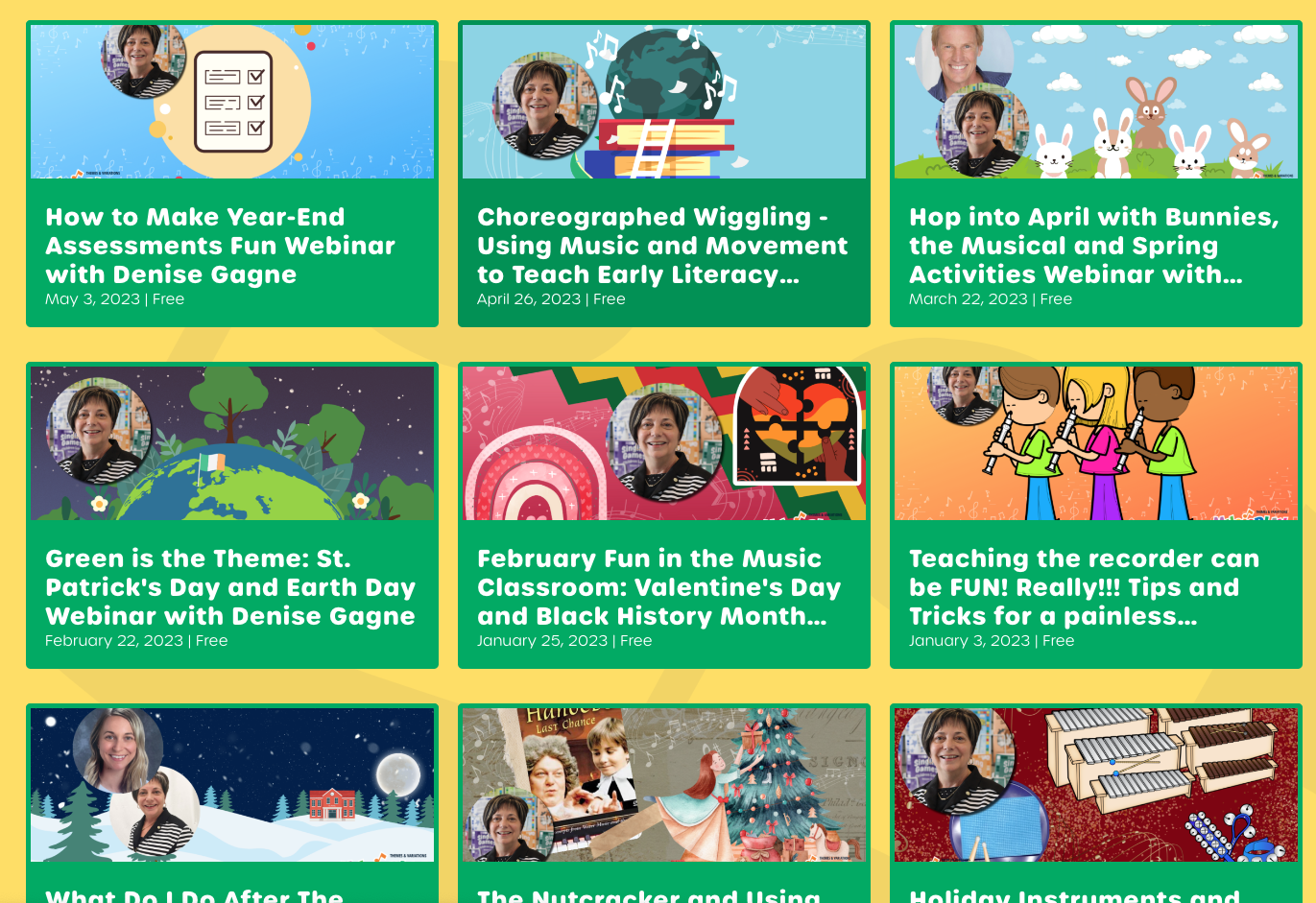
Musicplay Minutes Podcast
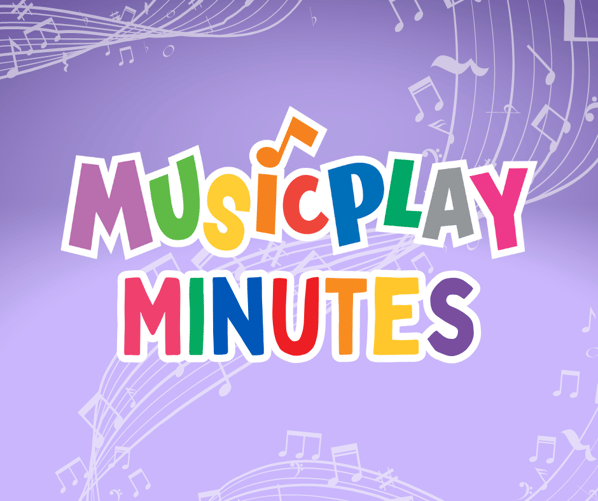
Listen to our newest podcast on ideas for St. Patrick's Day and Earth Day!

.png?width=483&height=405&name=MusicplayLive%202023%20Sing!%20Say!%20Dance!%20Play!%20With%20Artie%2c%20Denise%2c%20and%20JJ%20Locations%20FB%20(2).png)
